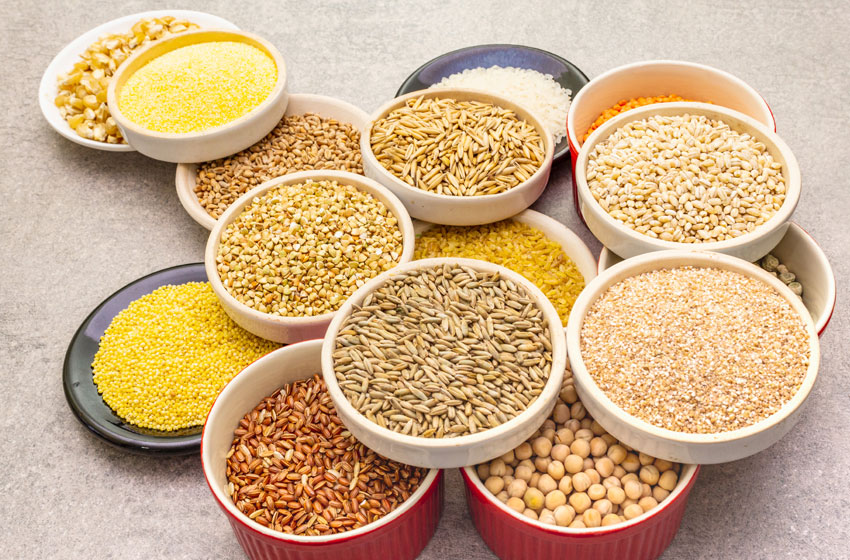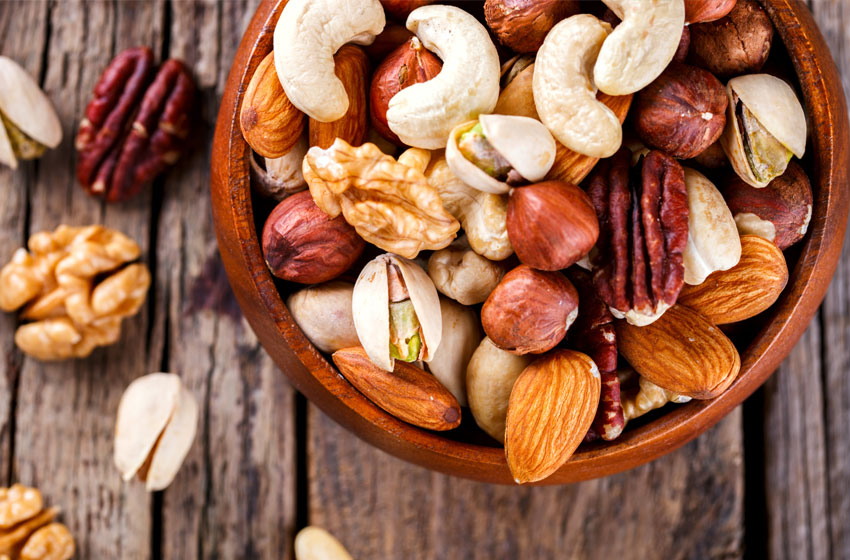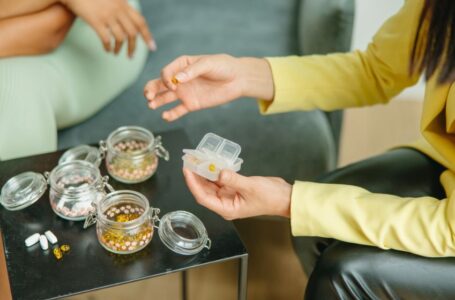What should you eat after surviving a heart attack or stroke?

What comes to your mind when someone asks what is one of the leading causes of death in the world? You might be able to come up with several illnesses or road accidents; for the past few years, an outbreak of deadly disease resulted in several fatalities. Therefore, it would be difficult for anyone to pinpoint any single disease inducing a massive number of deaths. However, the World Health Organization (WHO) estimated that 17.9 million people die from heart-related diseases.
On the other hand, people who had a close call with death in terms of suffering a major or minor heart attack or stroke know the agony of suffering a little too well. Unfortunately, some people who lead sedentary or unhealthy lifestyles are unaware that they might be susceptible to a stroke or heart attack. Furthermore, a stroke is a severe medical incident that cuts off oxygen to the tissues of the heart and brain, which leads the tissues to die.
Recovery from a Heart attack or stroke
If you or your loved ones have experienced a heart attack or stroke, you would consider making some significant lifestyle changes, for instance, cutting down on oily or processed foods from your diet as prompted by various websites or blogs. However, it is crucial to understand that you must make sustainable choices to impact your health positively. Especially if it has to do with cardiovascular health, you need to eat well for a long time; if you are unable to sustain a healthy regime, you won’t reap any benefits.
Therefore, instead of thinking about foods, you need to avoid, focus on foods you should add to your diet. Let us look at a few foods you can include in your everyday diet.
Boost your dietary fiber intake with whole grains

Doctors suggest adults have 25 to 30 g of dietary fiber every day as it aids in reducing our LDL ‘’bad cholesterol’’, managing our weight, and controlling blood sugar levels. Besides, it also helps us to feel full and satisfied and prevents the urge to binge eat.
What kind of whole grains can you eat?
- Brown rice
- Oats
- Pearled Barley
- All Bran cereal, including other high-fiber cereals
- Wholewheat Pasta
- Rye and Grainy bread, etc.
Prepare a zesty avocado wholewheat pasta
- Cut one whole avocado and five to six garlic cloves and put them in a food processor or mixer grinder along with lemon zest and juice. Add a few basil leaves, blend the ingredients until smooth, and store in the fridge.
- Boil the whole-wheat pasta al dente and drain it in a strainer; put the boiled pasta in a dish and to that add the avocado mixture. Mix the pasta with the sauce using a spatula and serve it with basil leaves and grated cheese.
Eat plenty of fruit and vegetables
You must have heard plenty of times from your general physician or doctor suggesting that people eat fruits and vegetables. Well, that’s for a good reason; fruits are full of nutrition, dietary fiber, and fruit and vegetables; hence, they are an important part of long-term health, and you must eat them daily.
How should you eat fruits?
Instead of consuming fruit juices, you must eat whole fruits as they have more dietary fiber enabling you to feel fuller for more extended periods of time.
How to eat vegetables?
People can eat some raw vegetables like tomatoes, cabbages, beetroots, carrots, and radishes which are excellent sources of nutrients. Also, you can saute or simmer vegetables without adding salt or sugar, which helps to preserve the micronutrients.
Roasted vegetable bowl with pesto
- In a large mixing bowl, whisk two tablespoons of garlic powder or paste, salt, and pepper; add broccoli, peppers, and onion and toss all the ingredients nicely. Next, you need to preheat the oven to 450 degrees F; transfer the vegetables to a large-rimmed baking sheet and roast them in the oven for 20 minutes. Remember to turn the vegetables once and return them to the oven.
- Next, Place about 3/4 cup of boiled brown rice in each of four 2-cup microwave-safe, lidded containers and add olive oil on top of them. Then, divide the chickpeas and the roasted vegetables among the bowls, and add a tablespoon of pesto to each of them.
Have nuts as a healthy snack

Binging on snacks such as potato chips, cookies, store-bought smoothies, etc., might be enjoyable and tummy-filling. But it is not suitable for your overall health in the long run, so changing your snacking habits is imperative. And there is nothing better than nuts to satisfy your urges to snack; there are different kinds of nuts that you can eat as it is, but before buying the salted nuts, you need to check the sodium levels mentioned on the package’s back.
Add lean meats and seafood
Protein is one of the essential nutrients that our body needs to repair cells and make new ones; however, for the heart’s health benefits, you need to choose meats with trimmed fat or poultry without the skin. Besides, avoiding processed meats such as salami, ham, schnitzel, and bacon is better.
Simultaneously, fishes are a great lean protein source; for instance, fatty fishes like salmon and tuna are rich in Omega-3 and heart-healthy fats. If you do not like fish, you can add two to three servings of eggs or lean meats to your diet.
Chicken and lemon broccoli alfredo
- Take four small skinless, boneless chicken breast halves and season them with salt and black pepper; next, add oil to a skillet and saute the chicken for four minutes. Do not forget to turn the chicken pieces.
- Then, shred two teaspoons of lemon peels and set them aside; cut the lemon into 2 cm slices and add them with broccoli pieces into the skillet. Let the chicken and vegetables cook for eight to ten minutes until they become soft and tender.
- Finally, place chicken and vegetables on plates. Then add alfredo sauce to the skillet; heat through. Serve with chicken. Add lemon peel and pepper.
Some beneficial habits for your heart’s health
So, by now, you have a good idea about foods that boosts nutrition and aid your recovery post a heart attack; you need to reduce the consumption of processed foods. One of the main reasons why you should avoid processed foods is because it is high in saturated fats and sugar.
Written below are some crucial rules that you must follow:
- Restrict high-sugar foods like chocolate, ice cream, custards, and lollies.
- Limit eating of fried or baked products like cake, chips, biscuits, etc.
- Avoid sugar or sweetened drinks and choose plain mineral or coconut water; you can eat coffee or tea in moderation.
- You can add a limited quantity of salt to your food while cooking; however, restrict the urge to add more salt while eating the food.
- Instead of mayonnaise or butter, add avocado to your sandwiches or wraps.
Significantly restrict sugar, salt, saturated fats, and alcohol intake after suffering a stroke or heart attack. Furthermore, please note that after a stroke, you might be at risk of poor nutrition, and excessive weight loss can cause delays in recovery. Besides, one recurrent problem you might experience is difficulty swallowing or using your hands to feed yourself.
Additionally, you would be under medication after a stroke, so you need to be aware of which food nutrients react with specific medicines. Hence, do not forget to speak with your general physician regarding the matter.





